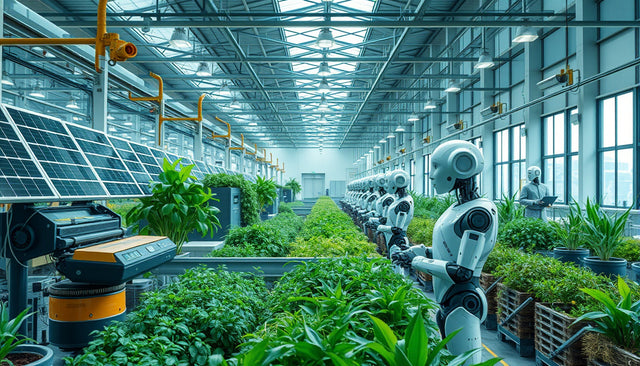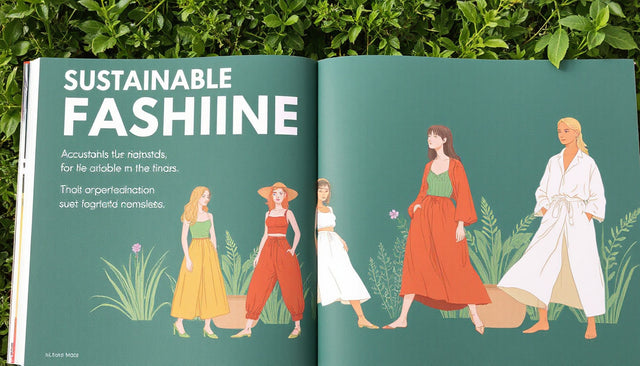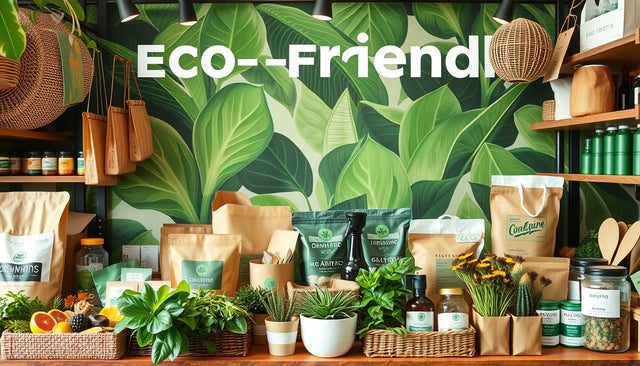Are Eco-Friendly Products Truly Better for the Planet? A Closer Look
Introduction
Eco-friendly products rise in popularity. Consumers seek goods that help nature. They choose items like reusable bags and green cleaners. Labels such as “eco-friendly,” “natural,” or “organic” join many products. Yet claims may prove true or serve as marketing tricks.
The Rise and Complexity of Eco-Friendly Labeling
The eco-friendly market hit $1.5 billion in 2024. It will grow to $2.7 billion by 2033 at a 6.5% rate. Buyer demand pushes this rise. Some labels follow strict green rules. Others serve only to boost sales. Such differences make it hard for buyers to tell true green benefits from greenwashing.
What Does “Eco-Friendly” Mean?
Eco-friendly means a product harms nature less. It does so by reducing waste, saving resources, or cutting toxins. No law sets a strict rule for “eco-friendly.” This freedom lets companies use the term loosely. Real eco-friendly items earn trusted certifications. Many items rely on vague claims or green images that mislead.
Greenwashing: Marketing vs. Real Environmental Benefit
Greenwashing remains a common issue. A 2024 review shows it in use. Some products sport words like “natural” or “organic” without proof. Others claim benefits such as “farm-fresh” even when they are non-organic. Packages show green designs even if factories pollute. Consumers must check known eco-labels, product ingredients, and how goods are made.
Manufacturing Impact Matters
Production leaves a clear mark on nature. Factories use nearly 20% of fresh water and release air pollutants. Some firms cut these harms by using renewable energy, recycled inputs, and careful water use. Truly sustainable products account for effects from factory to shelf.
Eco-Friendly vs. Traditional Products: Carbon Footprint Considerations
Comparing lifecycles can show surprises. Some eco-friendly items need more energy or long transport routes. This can raise their carbon footprint. Yet, traditional goods may use toxic materials that add pollution. Biodegradable plastics can cut emissions by 13.5% to 62.2% over conventional types. Organic cotton and natural fibers usually lower greenhouse gases compared to synthetics.
Consumer Challenges and the Way Forward
Greenwashing spurs buyer confusion. Studies show 66% of shoppers will pay extra for true sustainability. Inflated claims tempt brands to exaggerate. Third-party certifications build trust. Seventy-five percent of consumers value low environmental impact, while 87% expect brands to support social and ecological causes. Transparency and clear facts help buyers decide.
Conclusion
Eco-friendly products hold promise to reduce harm. Yet real sustainability means checking labels and knowing factory effects. True eco-friendliness covers raw materials, production, use, and disposal. Empowered buyers and firm standards help ensure green choices benefit our planet.
For more insights on sustainable living and eco-friendly products, stay tuned to our blog, and subscribe for updates on environmental news and trusted product guides.
Design Delight Studio curates high-impact, authoritative insights into sustainable and organic product trends, helping conscious consumers and innovative brands stay ahead in a fast-evolving green economy.






















0 条评论